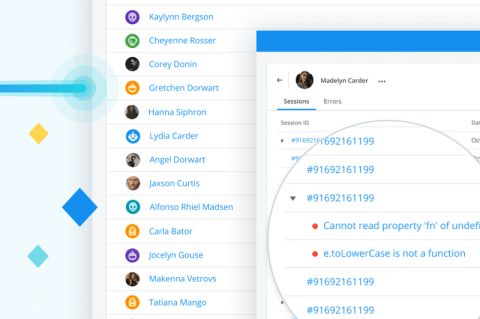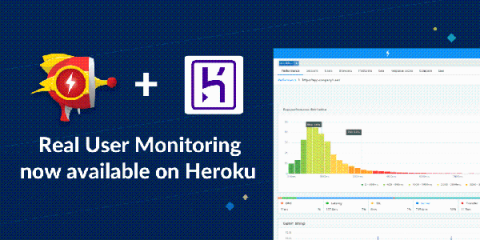Operations | Monitoring | ITSM | DevOps | Cloud
Latest Posts
Launch Notes: Announcing Node.js for APM, all-new Customers, provider updates, and more
Gain more visibility into code performance with Raygun APM for Node.js
Raygun has been busy building our best-in-class APM so you can provide flawless digital customer experiences. By adding Raygun Application Performance Monitoring to your monitoring suite, your team will gain more visibility on code and server performance, achieve a faster time to resolution with finer granularity, and reduce infrastructure costs by optimizing existing services. Raygun is a developer-friendly product that surfaces more diagnostic details than other APM solutions. Combined with our usage-based pricing, we have the ability to provide companies like Olo with millions of customers with cost-efficient and powerful APM.
Getting started with Raygun Crash Reporting using Raygun4Android
Solve issues faster with customer experience monitoring
Tracking Core Web Vitals with Raygun
Improving front-end performance for a website is known to increase the likelihood that users will engage, enjoy, and continue to use a website. This leads to better business outcomes by improving customers' digital experiences - no-one likes waiting for a slow page to respond. Core Web Vitals are a part of Google's evaluation of a user's overall page experience, and are made up of three specific page speed, user interaction, and page stability measurements: They work together with other web vitals (mobile friendly, free of malware, secure, and low on interstitial popups) to form an overall page experience score signalling to Google that users are having a good experience.
Better customer experiences with Raygun and Heroku
Raygun's favorite features of 2020: APM and more
December Launch Notes: Track Core Web Vitals, .NET 5 and Blazor support, and more
How tech leaders are prioritizing customer experience
The Tech Leaders' Tour is a series of events bringing tech leaders together to learn from each other about improving software quality and customer experience. This one was special because we are able to hold it in-person, in one of our favorite cities - Auckland, NZ, where there are no social distancing rules at the time of writing. In today's climate, technology companies are faced with many challenges. But one thing should remain the same - the focus on delivering value to the customer.











